A User-Friendly Remodeler’s Spray Rig
Portability and versatility is why this Fuji Mini-Mite 4 HVLP turbine unit is FHB Ambassador Tyler Grace’s go-to system for on-site spray finishing.
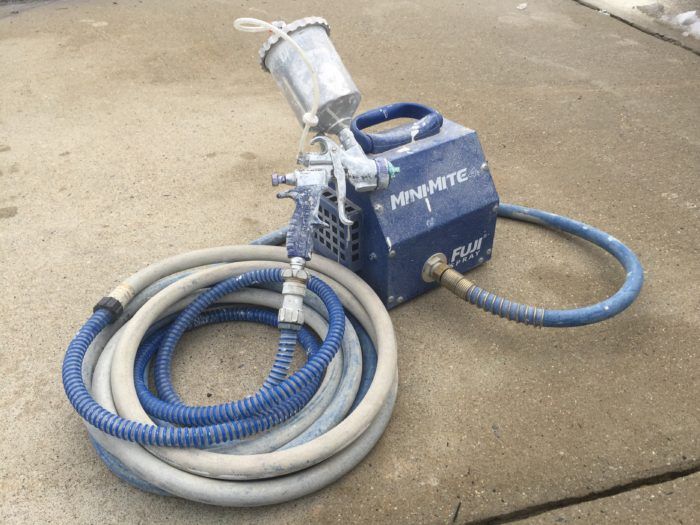
When I started finishing my own cabinetry, it was out of necessity. I was tired of hand-painting my built-ins and I needed a self-contained unit that could go anywhere with me. That’s why I chose a Fuji Mini-Mite 4 HVLP turbine unit. In one plastic tote, I can carry everything that I need to finish cabinets on site. There’s no need for a compressor, air gauges, or a giant setup.
Turbine units do have their limitations, and there are better systems out there for specific tasks, but this sprayer suits my needs well. It may not be the most ideal for every situation, but with some knowledge and skill you can achieve great results with a setup like this. When I first started spraying, I could only afford to purchase one sprayer. I needed something that could run the gamut with the ability to shoot multiple finishes. At the point I’m at now, I have a few upgrades I would like to make to my setup, but this sprayer still serves its purpose for the amount of finishing I perform.
If anyone were looking to break into spray finishing, I would most certainly recommend an HVLP turbine unit. If you plan to spray waterborne finishes or latex, don’t waste your money on anything less than a four-stage system. You will not have the capacity to push material that thick. Also, get yourself a few different needle and air-cap sets. I recommend a 1.3-mm, a 1.5-mm, and a 1.8-mm set. If you want to spray latex, which I do not necessarily recommend, you may want to invest in a 2.0-mm set as well.
As far as pricing goes, I am not the biggest advocate for bargain tools. I generally buy the best that I can afford or justify at the given time. With a $1,000 budget, you can certainly invest in a high-quality setup, a few needle sets, spare parts, cleaning kits, extra air filters, and a whip hose. All of this will be sufficient to get you up and running in the spray game. Once you determine your exact needs, and if you want to invest more time and energy in spraying, you can begin to purchase more-specific setups. Regardless, you will always be able to use this first unit.
For more on spray finishing, check out Tyler’s cover story in FHB #268, and the video of his spray-finishing workflow.

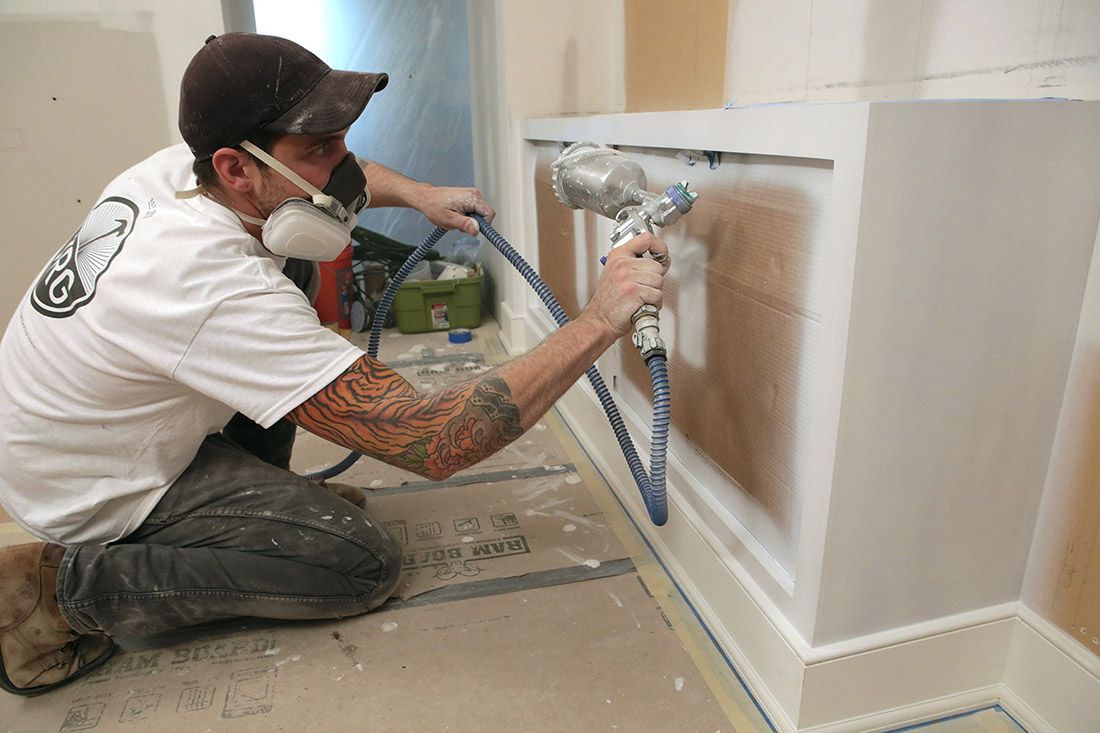
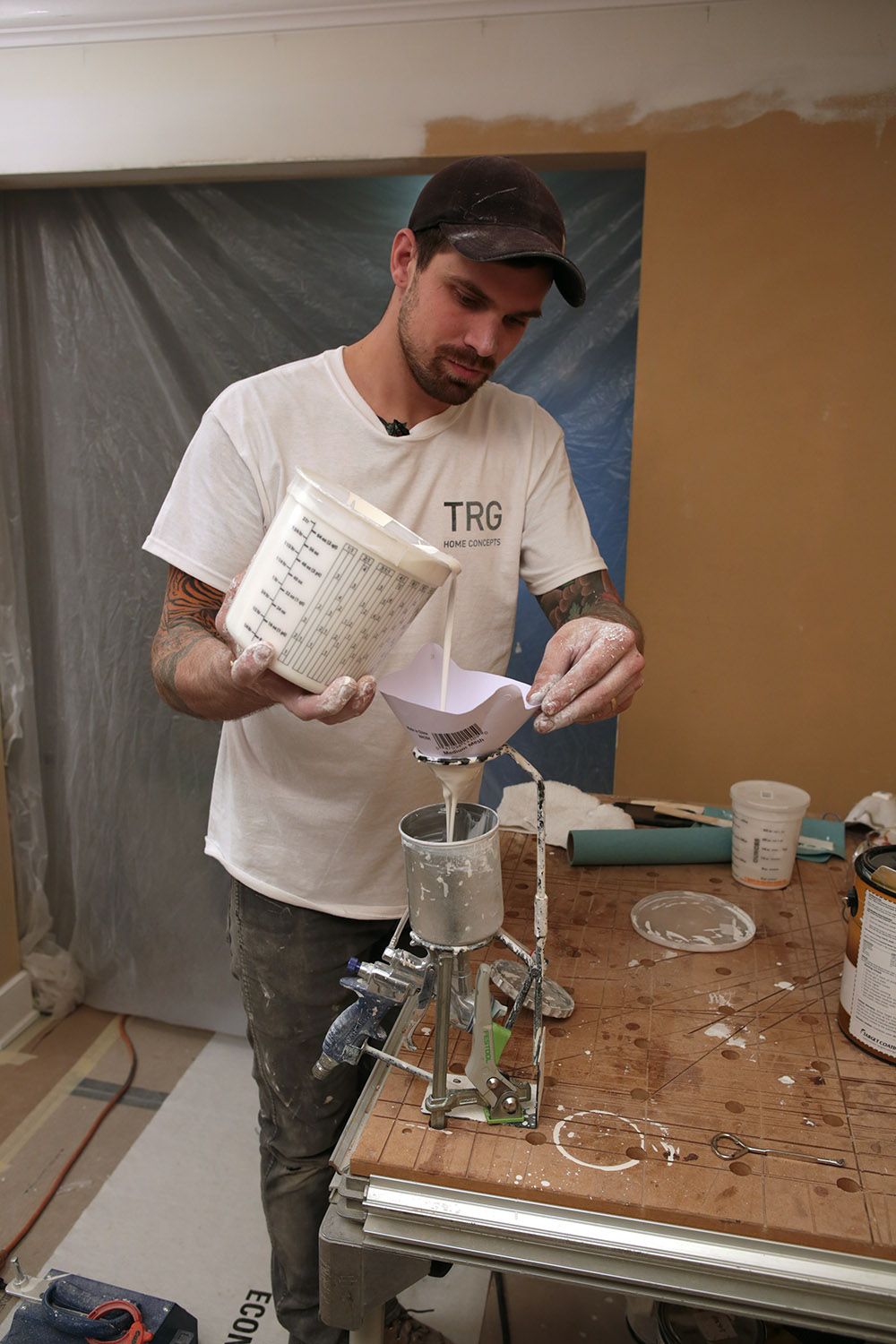
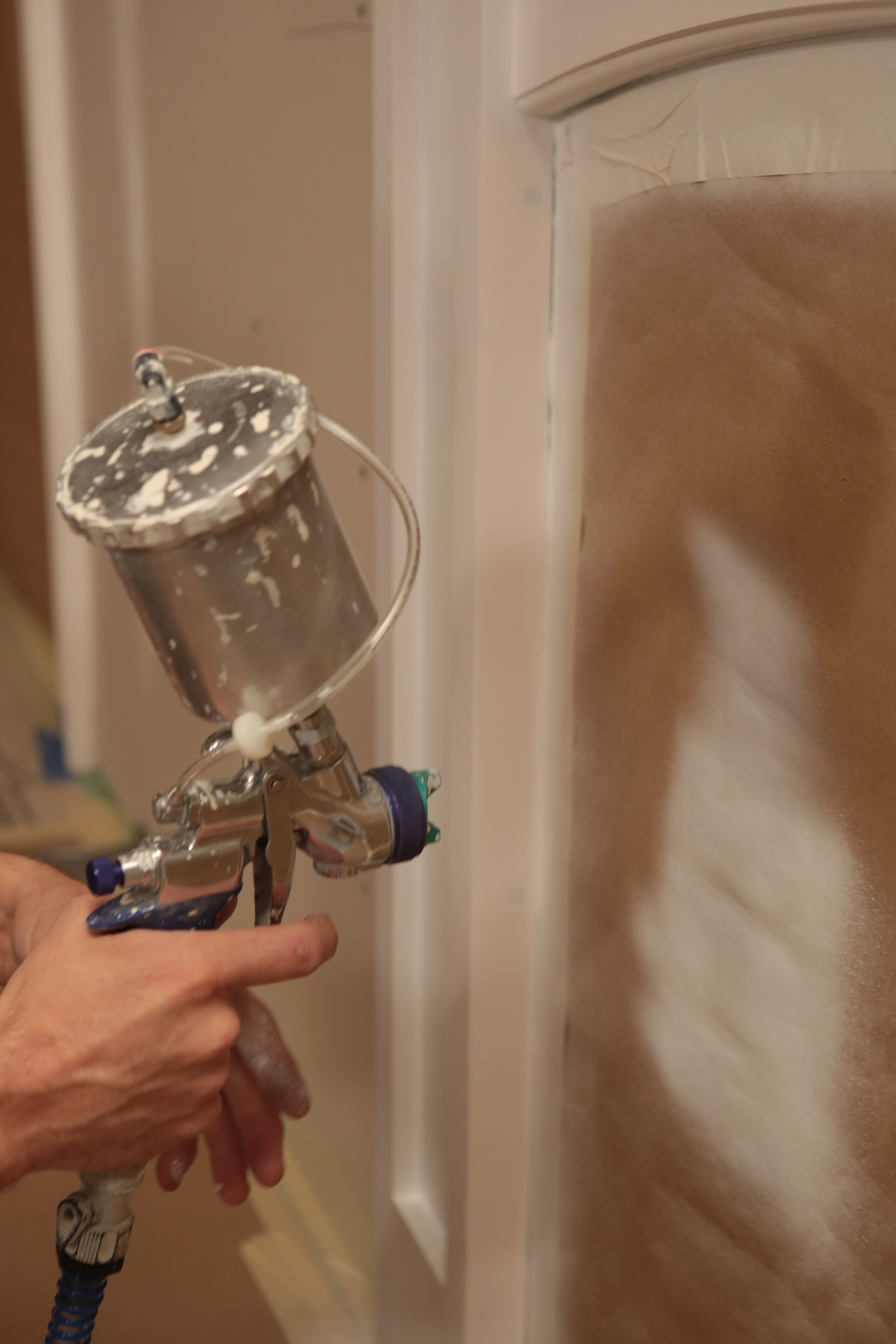
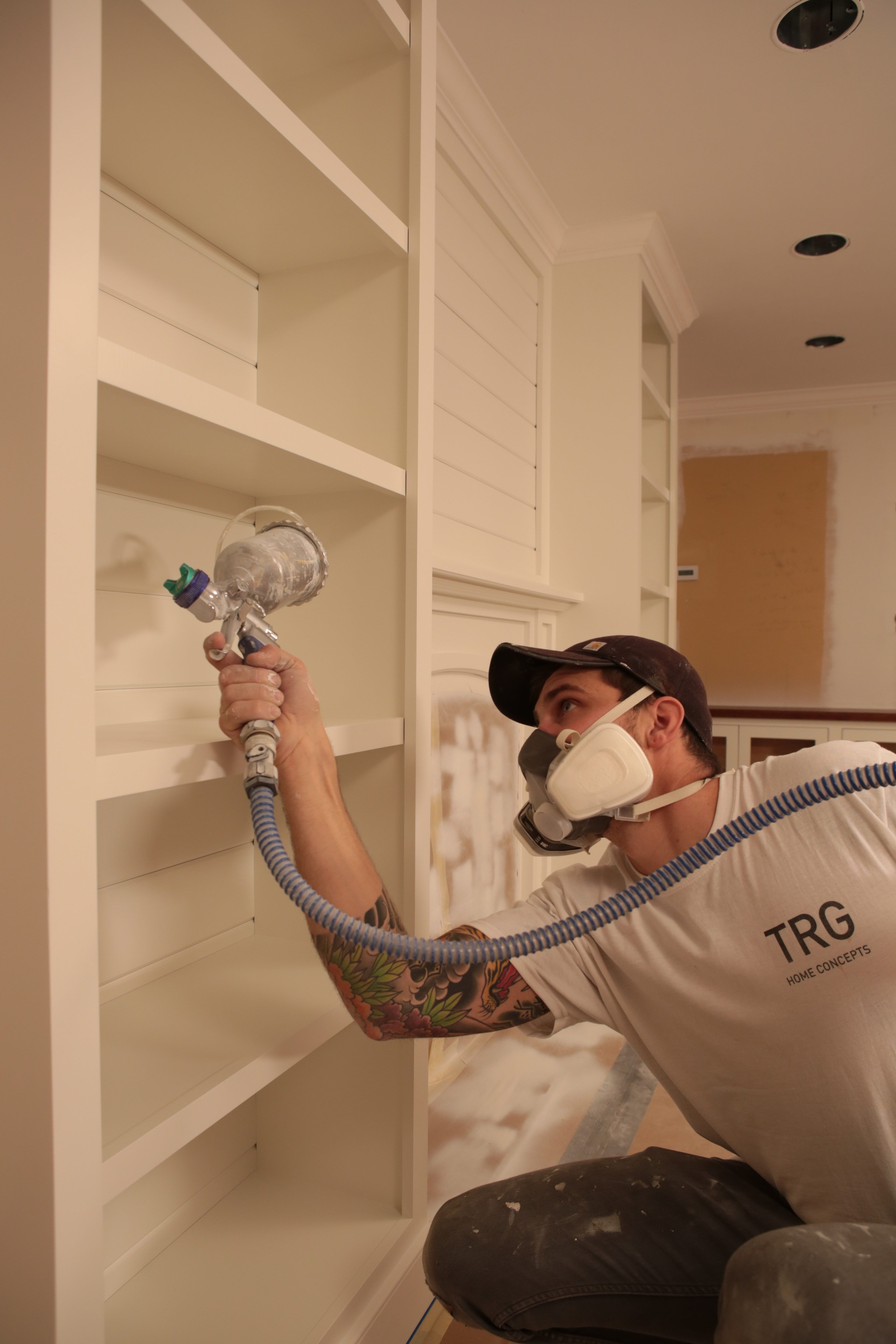





View Comments
very good and simple use tool
I'd be curious to know two things. 1) Do you always use a primer and if so which one? 2) What is your go to paint for spraying?